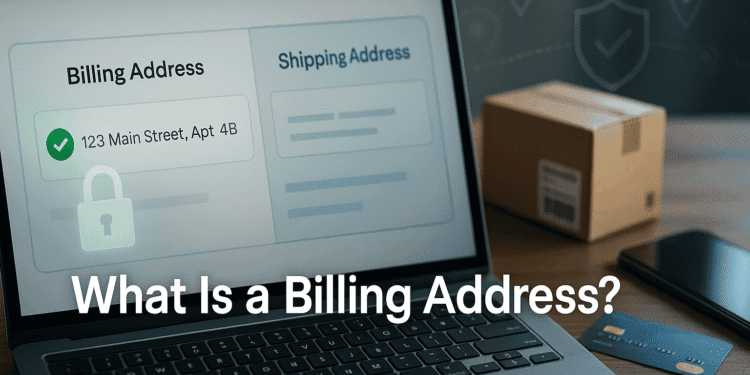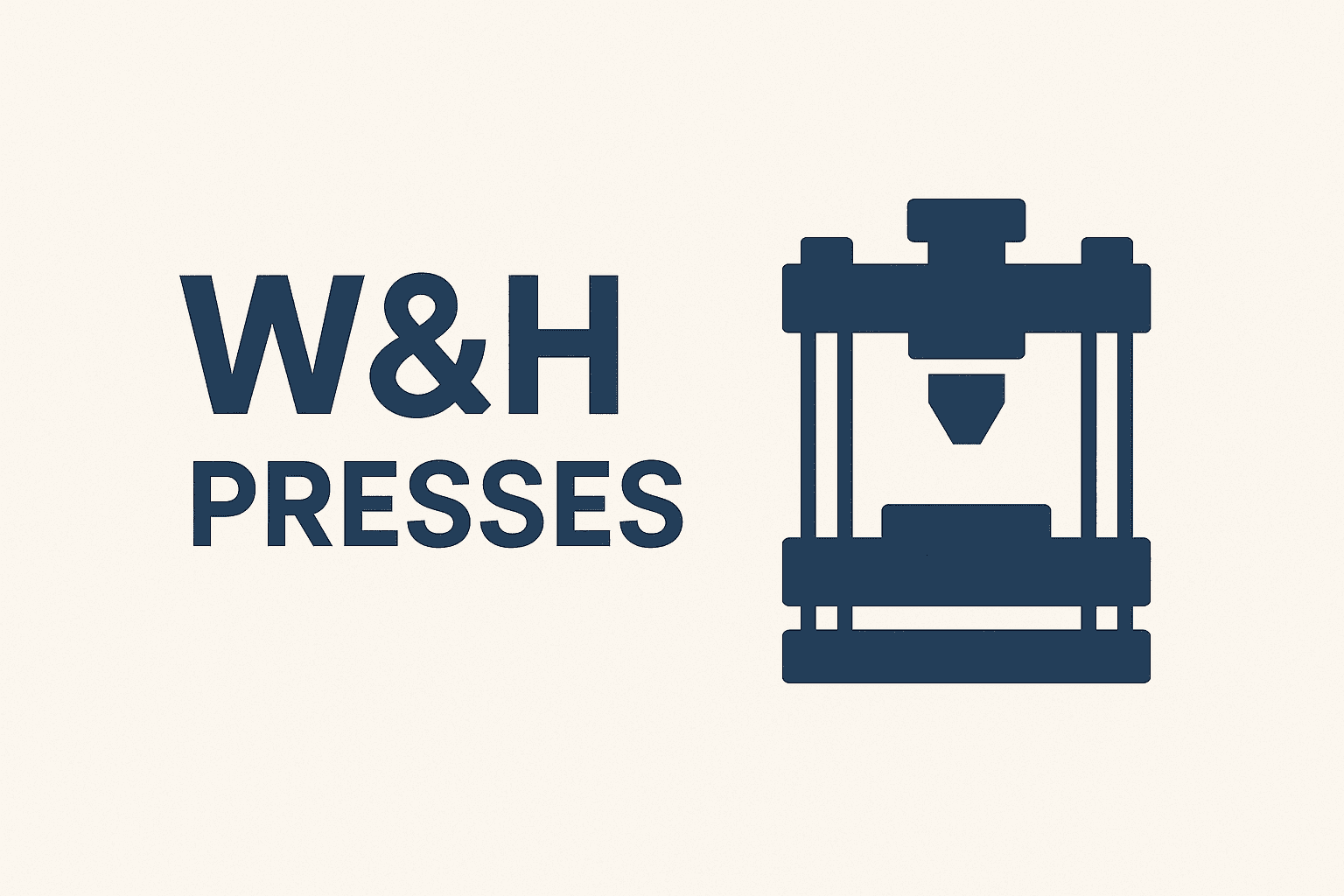What Is a Billing Address?
Have you ever been in the middle of an online purchase, ready to click that “Buy Now” button, only to pause at the billing address field? You’re not alone. Many people wonder what exactly a billing address is and why it matters so much. Let’s dive deep into this essential piece of information that keeps your transactions secure and your purchases flowing smoothly.
Understanding the Basics of a Billing Address
Definition of a Billing Address
A billing address is the address associated with your payment method—typically your credit card, debit card, or bank account. It’s the location where your bank or credit card company sends your statements and correspondence. Think of it as your financial home address, the place that officially connects you to your payment method.
When you make a purchase, especially online, merchants use this address to verify that you’re the legitimate cardholder. It’s like a digital handshake that confirms your identity and helps ensure that the person making the purchase is actually authorized to use that payment method.
How Does It Differ from a Shipping Address?
Here’s where things get interesting. Your billing address and shipping address don’t have to be the same—and often they aren’t. Your billing address is tied to your payment method and remains relatively constant. Your shipping address, on the other hand, is simply where you want your purchased items delivered.
Let’s say you’re buying a birthday gift for your friend across the country. You’d use your billing address for payment verification, but the shipping address would be your friend’s location. Similarly, if you’ve recently moved but haven’t updated your credit card information, your billing address might still be your old residence while your shipping address is your new home.
Why Is a Billing Address Important?
Verification and Security Purposes
Your billing address serves as a crucial security checkpoint. When you enter your billing address during a transaction, the payment processor compares it against the address your bank or credit card company has on file. This process, called Address Verification System (AVS), helps confirm that the person making the purchase is the actual cardholder.
It’s like having a bouncer at a club checking IDs—your billing address is that extra layer of protection ensuring that only authorized users can complete transactions.
Preventing Fraud and Unauthorized Transactions
Fraud prevention is perhaps the most critical function of billing addresses. If someone steals your credit card number, they’d also need to know your billing address to complete most online purchases. This additional requirement creates a significant barrier for would-be thieves.
Think about it: a thief might get your card number from a data breach, but getting your exact billing address is much more difficult. This extra step has prevented countless fraudulent transactions and saved consumers billions of dollars.
Credit Card Processing Requirements
Payment processors and merchants are required by law and by payment card industry standards to collect billing addresses. This isn’t just a preference—it’s a mandatory security measure. Banks and credit card companies use this information to assess risk and detect suspicious activity on your account.
When Do You Need to Provide a Billing Address?
Online Shopping
Every time you shop online, you’ll encounter the billing address field. Whether you’re buying clothes, electronics, or groceries, retailers need this information to process your payment securely. It’s become such a standard part of online checkout that most of us enter it without thinking twice.
Setting Up Payment Methods
When you add a new credit card to your digital wallet, set up autopay for utilities, or register a payment method with a streaming service, you’ll need to provide your billing address. This initial setup helps establish the connection between you and that payment method.
Subscription Services
Netflix, Spotify, gym memberships—all those recurring subscriptions require your billing address. Since these services charge you automatically, they need accurate billing information to ensure payments go through smoothly month after month.
What Information Is Included in a Billing Address?
Street Address
Your street address is the foundation of your billing address. This includes your house number, street name, and any apartment or unit numbers. For example: “123 Main Street, Apt 4B.” Make sure you enter this exactly as it appears on your bank statements.
City, State, and ZIP Code
These components narrow down your location from a general area to your specific neighborhood. Your ZIP code or postal code is particularly important because it’s one of the primary data points used in address verification. Even if you get the street address perfect, an incorrect ZIP code can cause your transaction to be declined.
Country
For international transactions, your country is essential. Different countries have different address formats, and payment processors need this information to apply the correct verification standards. Whether you’re in the United States, United Kingdom, Canada, or anywhere else, always include your country when shopping internationally.
Common Issues with Billing Addresses
Address Mismatch Errors
Ever had a transaction declined even though you know you have funds available? An address mismatch is often the culprit. This happens when the billing address you enter doesn’t exactly match what your bank has on file. Even small differences—like writing “Street” instead of “St.” or including a middle initial when your bank doesn’t—can trigger these errors.
Outdated Information
Life happens. You move, you get married and change your name, or your city reorganizes ZIP codes. If you forget to update your billing address with your bank, you’ll run into problems when trying to make purchases. Keeping your information current is crucial for smooth transactions.
International Address Formats
Ordering from an international website can be tricky. Different countries format addresses differently—some put the postal code before the city, others after. Some countries don’t use states or provinces at all. These format differences can cause confusion and failed transactions if not handled properly.
How to Update Your Billing Address
Updating with Your Bank or Credit Card Company
The first step is always updating your address directly with your financial institution. You can typically do this online through your bank’s website or app, by phone, or by visiting a branch in person. Most banks make this process straightforward—it usually takes just a few minutes.
Changing Your Billing Address on Online Platforms
After updating with your bank, don’t forget about all those online stores and services where you’ve saved your payment information. Amazon, PayPal, your favorite clothing retailer—each platform stores your billing address separately, so you’ll need to update it in multiple places.
Keeping Your Information Current
Make it a habit to review your billing addresses whenever life changes occur. Moving? Update immediately. Changed banks? Update your billing information. Set a reminder to check your saved addresses quarterly, just to ensure everything’s current and accurate.
Billing Address vs. Shipping Address: Key Differences
Let’s break this down clearly. Your billing address is about payment verification—it’s connected to your financial institution and used for security purposes. Your shipping address is about logistics—it’s where you want your physical goods delivered.
You might have one billing address but use dozens of different shipping addresses throughout the year. The billing address rarely changes, while shipping addresses can vary with every purchase. Understanding this distinction helps you fill out checkout forms correctly and avoid delivery mishaps.
Tips for Managing Your Billing Address Safely
Protect Your Personal Information
Never share your billing address unnecessarily. Be cautious when websites ask for it—make sure you’re on a secure, legitimate site before entering this sensitive information. Look for “https” in the URL and check for security certificates.
Use Secure Payment Methods
Consider using payment services like PayPal or digital wallets that mask your actual billing address from merchants. These intermediary services add an extra layer of security between you and the seller.
Monitor Your Financial Statements
Regularly review your credit card and bank statements. If you notice charges from merchants you don’t recognize or transactions you didn’t authorize, contact your financial institution immediately. Quick action can prevent further unauthorized charges.
What Happens If You Enter the Wrong Billing Address?
Enter the wrong billing address, and your payment will likely be declined. Most modern payment systems won’t process a transaction if the billing address doesn’t match what’s on file. This is frustrating when you’re trying to complete a purchase, but it’s actually a good thing—it means the security system is working.
If this happens, double-check your entry for typos, verify the address your bank has on file, and try again. If problems persist, contact your bank to confirm your billing address or update it if necessary.
Conclusion
Your billing address might seem like just another form field to fill out, but it’s actually a critical component of secure online transactions. It protects you from fraud, verifies your identity, and ensures your payments process smoothly. By understanding what a billing address is, why it matters, and how to manage it properly, you’re taking an important step toward safer, smoother online shopping experiences.
Remember to keep your billing address updated with your bank, be consistent in how you enter it online, and treat it as the sensitive information it is. With these simple practices, you’ll avoid declined transactions and enjoy the convenience of secure online shopping.
FAQs
Q1: Can my billing address be different from my current residence?
Yes, your billing address can differ from where you currently live, but it must match the address your bank or credit card company has on file. If you’ve moved, it’s best to update your billing address with your financial institution to avoid transaction issues.
Q2: Do I need to provide a billing address for debit card purchases?
Absolutely. Debit cards require billing addresses just like credit cards. The verification process works the same way—your billing address must match what your bank has associated with your debit card account.
Q3: What should I do if I’m temporarily staying at a different address?
If you’re temporarily elsewhere, use your permanent billing address (the one your bank has on file) for payment verification, but change the shipping address to your temporary location if you need items delivered there.
Q4: Can someone steal my identity with just my billing address?
Your billing address alone isn’t enough for identity theft, but it’s one piece of the puzzle. Criminals would need additional information like your credit card number, Social Security number, or other personal details to commit identity theft. Still, always protect your billing address as sensitive information.
Q5: How long does it take for a billing address change to take effect?
Changes made directly with your bank typically take effect within 24-48 hours. However, it’s wise to wait a few business days before making large purchases to ensure the update has fully processed through all systems. For online retailers where you’ve saved payment information, updates are usually immediate once you change the address in your account settings.









